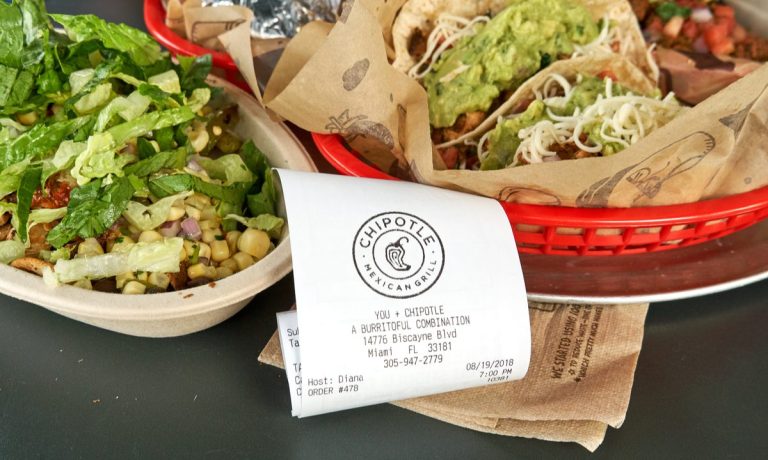As Restaurant Prices Rise, Consumers May Give Grocery Stores a Second Look

Restaurants and grocery stores are on a bit of a collision course when it comes to consumer spending as customers weigh supermarket markups against the skyrocketing cost of restaurant fare.
Setting the table for a dustup, the October 2021 U.S. Department of Agriculture (USDA) forecast comparing year-to-date averages notes that “food-at-home prices have increased 2.5 percent and food-away-from-home prices have increased 3.6 percent,” issuing an outlook for 2022 that “food-at-home prices are expected to increase between 1.5 and 2.5 percent, and food-away-from-home prices are expected to increase between 3.0 and 4.0 percent.”
People expect to pay more for restaurant food — whether on premise or delivery — and Americans pushed restaurant delivery into the stratosphere during the pandemic. But as the recovery and supply-chain-driven inflation adjustments play out, it would appear that the more rapidly rising restaurant price increases could flip the script and hand grocers a cost advantage — at least in theory.
Will Consumers Pay Up?
Chipotle is a prime example. It’s recent quarterly earnings were strong — even though its prices went up.
As Reuters reported on Oct. 21, “The burrito and bowl chain has raised regular menu prices twice and its delivery prices three times since August 2020. Prices are now about 10% higher — which includes a total 17% hike in items for delivery — to offset rising beef, freight and labor costs.”
More consumers are comparing the costs of ordering in, dining out and preparing meals themselves with groceries, and some sense a realignment. Others see pent-up demand.
“The Post-Pandemic Consumer At 18 Months: Spending Now, Worrying Later,” the latest in PYMNTS’ Pandenomics report series, found that “Dining out at restaurants is the first thing on consumers’ ‘post-pandemic to-do list,’” with over 27% placing a premium on that experience.
See also: The Post-Pandemic Consumer At 18 Months: Spending Now, Worrying Later
Summer 2021: Highest Menu Hike in 40 Years
As restaurants reopened and pandemic restrictions eased over the summer, people poured into restaurants to enjoy on-premise dining for the first time in a long time.
While pleased with the experience, there was some sticker-shock on those pot-stickers.
In August, industry news site Restaurant Business reported that “Restaurant menu prices rose 0.8% on a month-to-month basis in July — the largest monthly increase since February 1981, according to data released Wednesday by the Bureau of Labor Statistics. Food away from home prices climbed 4.6% for the 12-month period that ended in July, according to the Bureau, with full-service prices increasing 4.3% during that time and limited-service dining climbing 6.6%.”
Compare that to groceries. On Oct. 14 USA Today said, “The Consumer Price Index, which measures the average change paid by consumers for goods and services, rose 5.4% from a year ago, up slightly from August’s 5.3% gain. This pushed annual inflation back to the highest increase in 13 years. Meats, poultry, fish, and eggs had the highest increase with a combined 10.5% increase.”
It’s a tale of two different but closely related supply and demand equations. The question is whether the rising price of restaurant menu items will quell the desire to dine out. Much will depend on wholesale food prices that are being widely impacted by supply chain issues.
The situation may end up harming smaller independent restaurants more than others.
As New York Magazine’s Grub Street recently reported, “When prices jump, independent restaurateurs have less bargaining power with suppliers than larger corporate restaurants and restaurant groups. Without the scale or volume, there is a greater chance that the volatility in food costs will disproportionately impact smaller restaurants.”
PYMNTS’ How We Eat Playbook, done in collaboration with Carat, from Fiserv, noted that “The home — not the restaurant — is the center of the restaurant business. Consumers now are 31% more likely to buy meals for delivery or pickup than they are to dine on-site,” with 87% percent of bridge millennials ordering online for pickup or delivery, and 68% ordering at-home delivery.
See also: How We Eat Playbook